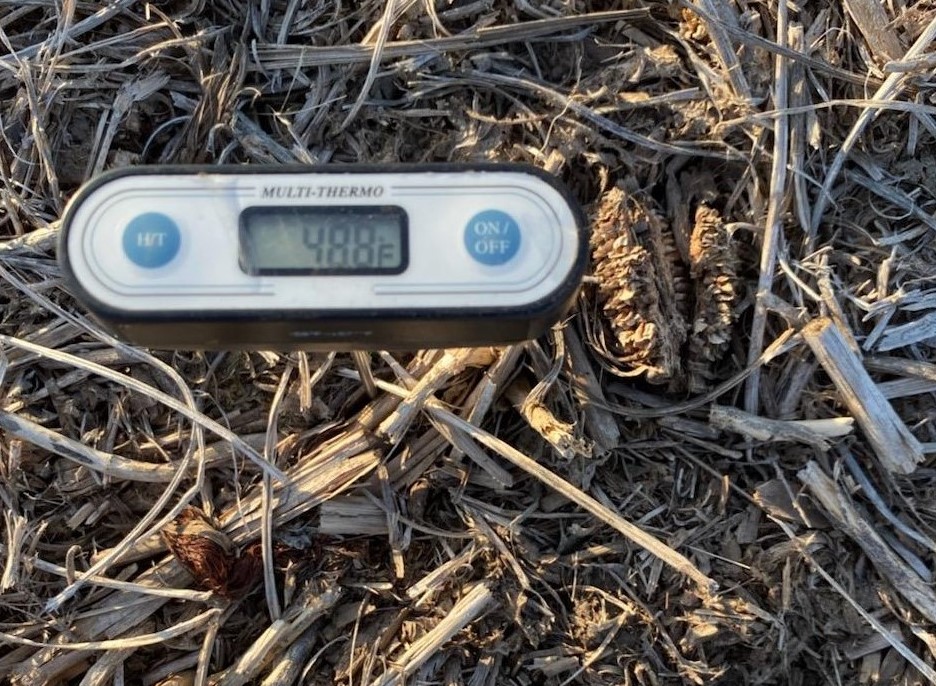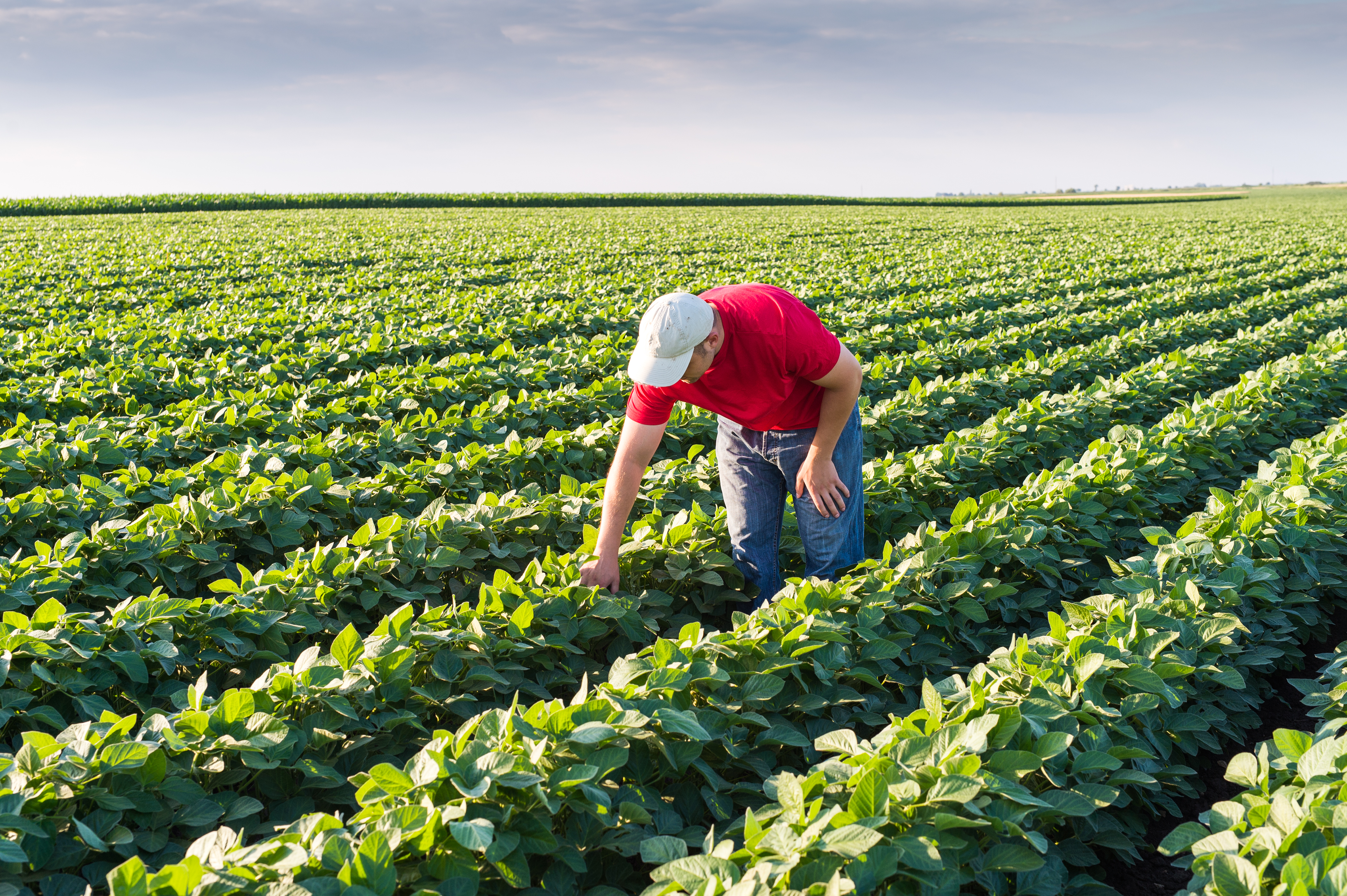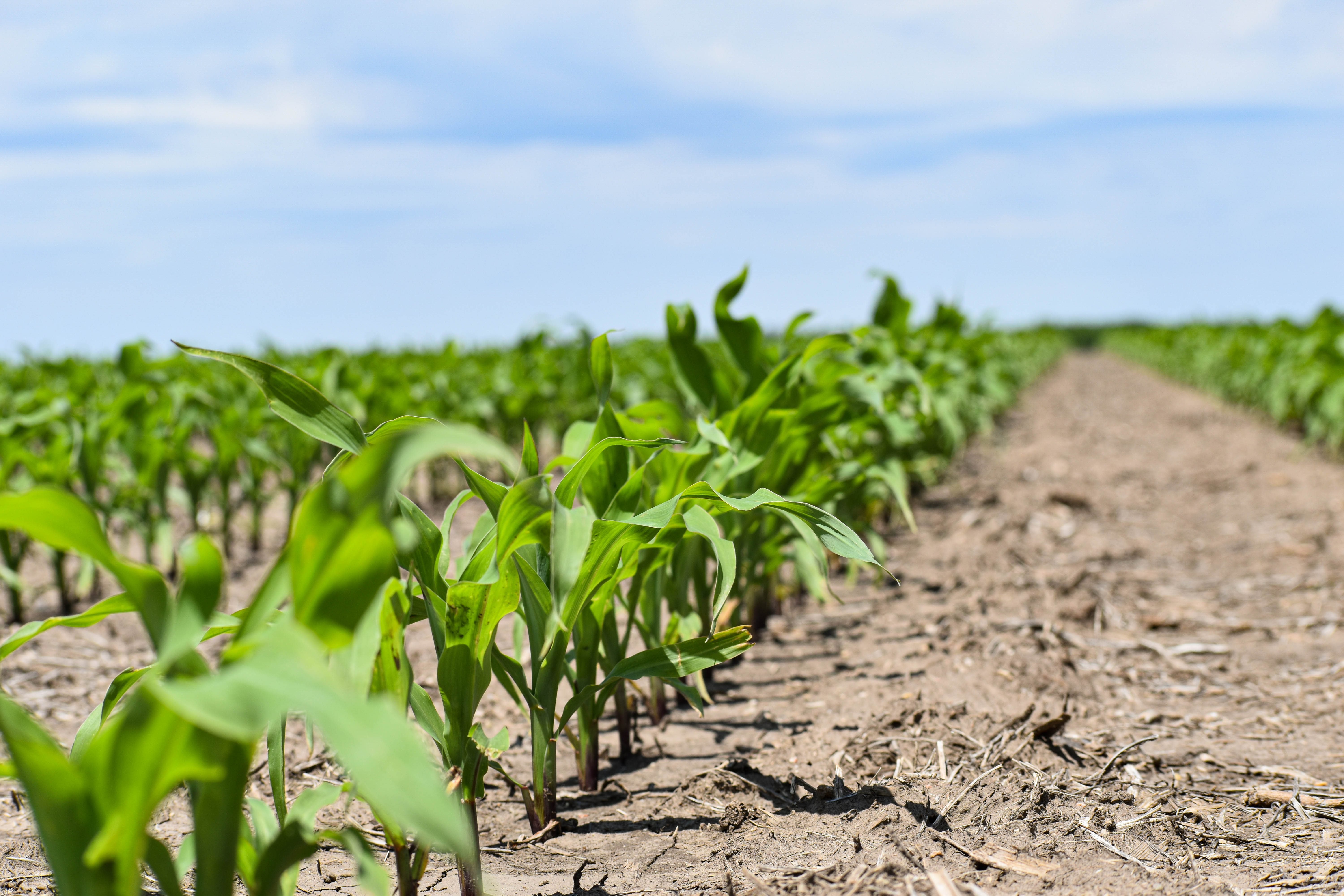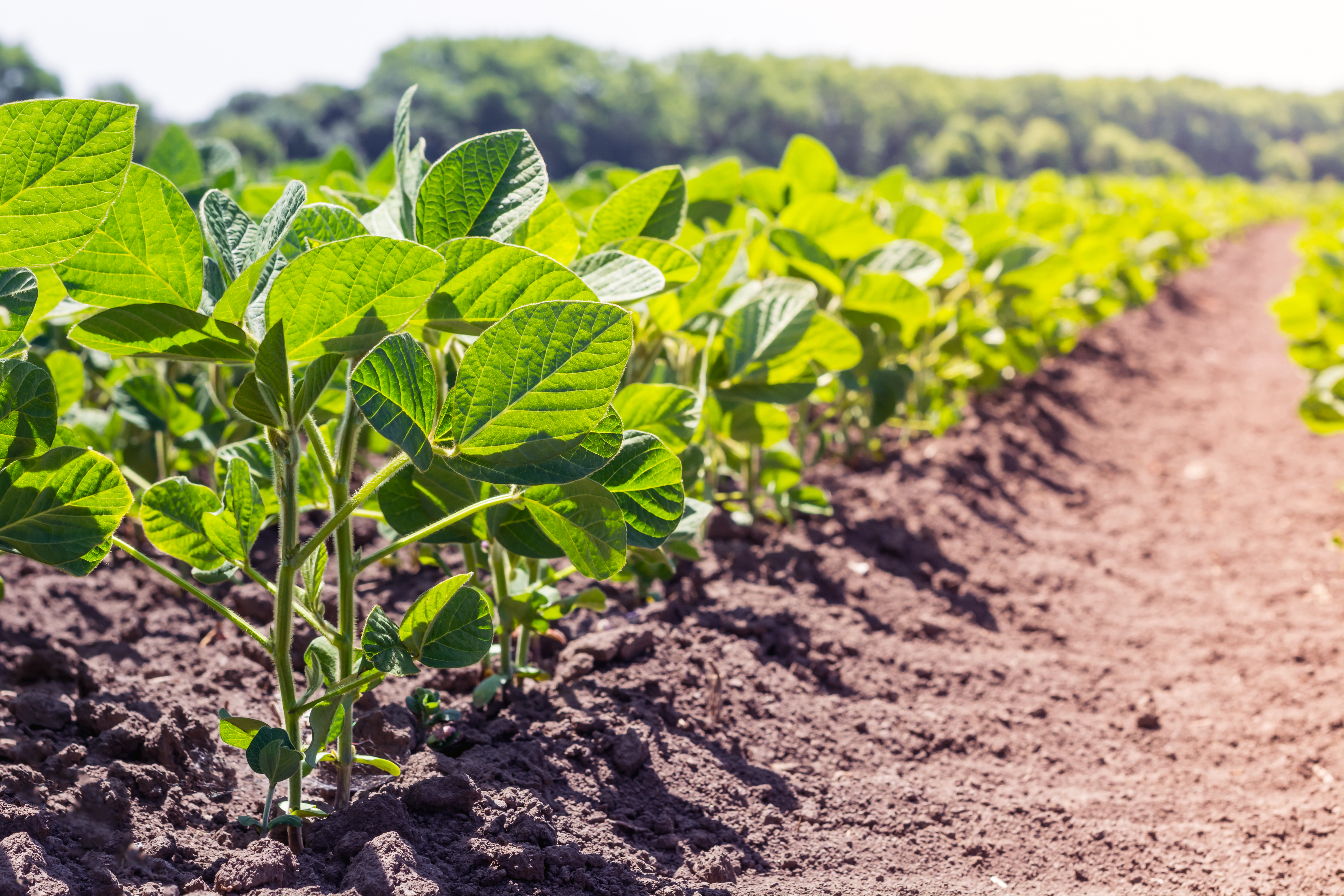Planting in cold soil can cause chilling injury to the seed, and lead to germination and stand establishment problems. Norder Supply agronomists maximize net return per acre for our customers by monitoring the planting conditions, recommended seed treatments, and take plant stand counts after emergence.
Imbibitional chilling is the absorption of cold water by the seed within the first 48 hours after planting. When imbibitional chilling occurs, damaged seed will often not germinate. If the seed does germinate, these plants usually have poor vigor and struggle to emerge properly.
Any significant drop in soil temperature before plant emergence can cause abnormal plant growth. A twisted or curly Q mesocotyl is a common result of a chilling injury. Chilling injury causes cell membranes to rupture and this along with any injury sustained during emergence can provide an entry point for bacterial and fungal diseases. Injured plants can emerge, but then die back one to two weeks after plant emergence. Seed treatments offer some protection against fungal diseases, and in furrow fungicide applications enhance protection, but these treatments are not bulletproof. It may be necessary to re-evaluate your corn stands a couple of weeks after plant emergence before determining your final spring stand. In extreme cases, replant may be necessary when poor stands emerge or too much plant loss occurs from damping off.



